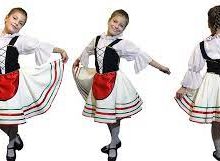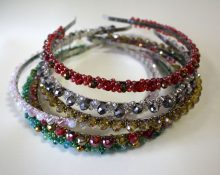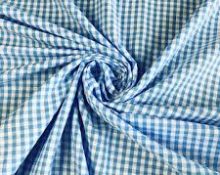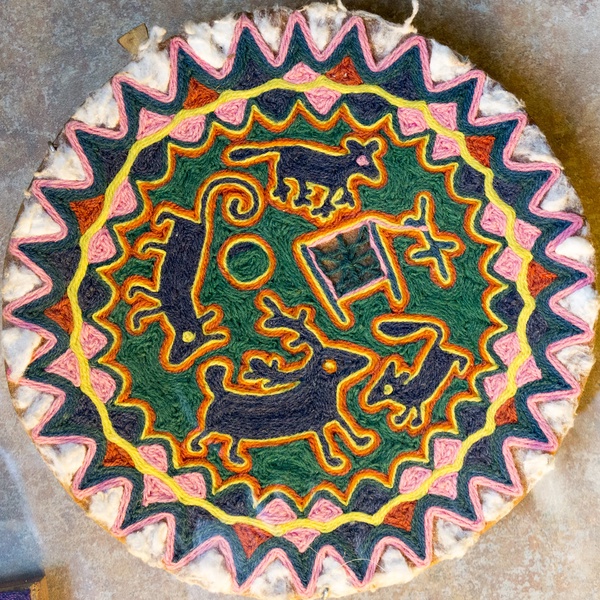
creativecommons.org
Bright Mexican embroidery will appeal to those who are not afraid of experiments and prefer ethnic style in clothing. In this material you will learn where Mexican embroidery came from, and we will also provide step-by-step instructions on how to create a product with Mexican embroidery if you are a beginner embroiderer. At the end of the article you will find examples of work in this style and samples of interesting embroidery options.
What does Mexican embroidery look like?
Mexican embroidery is brightly colored multi-colored embroidery with large stitches. The central themes for Mexican traditional embroidery are floral arrangements and animals. Most often, Mexican embroidery involves symmetrical designs and bright graphic patterns, but modern embroiderers often deviate from the canon and perform, for example, asymmetrical designs.
History of Mexican embroidery
The tradition of Mexican embroidery originated in pre-colonial times, when the main inhabitants of this territory of modern America were Indians. Depending on the region, embroidery had its own characteristics and differences in colors, patterns and degree of color saturation. Thus, the brightest products were found in southern and central Mexico.
Mexican embroidery has other names: “otomi” and “tenango”. The word “Otomi” is consonant with the Mexican tribe, whose craftswomen came up with this unusual, original embroidery technique. This skill is still passed on from generation to generation. Tenango is the name of the area where this unusual embroidery tradition originated. It is believed that a new round of the birth of Mexican embroidery began in the difficult 1960s, when a severe drought hit the city of Tenango and its environs, destroying almost all the harvests of the inhabitants, who had previously lived only by agriculture. In order not to die of hunger, the women of the tribe decided to put up their embroideries for sale, which (unexpectedly for the heirs of the tradition themselves) began to be in demand. First, all the old things were bought back, and then Mexican embroiderers began to take orders to decorate dresses, pillows, stoles, scarves, curtains and many other things for personal use and home decoration. Products with Mexican embroidery not only helped the Otomi tribe survive during difficult years, but also began to generate a stable income. Thanks to the ongoing boho style trend, Mexican embroidery has managed to find many admirers. What initially began as a kind of support for the local population and charity has transformed into a truly profitable business.
Moreover, enterprising Americans opened a large factory in San Francisco for the production of products with Otomi embroidery. The concept of the manufactory is to preserve and cultivate original patterns and traditions, filtered through the prism of modern design and current needs of society. The adjustment to the realities of megacities lies in the fact that in addition to the usual bright and multi-colored Mexican embroidery, craftswomen also demonstrate monochrome products with traditional Mexican patterns that can be worn every day. The company not only supports Mexican needlewomen, but also deals with other areas: the manufactory also develops wallpaper with Mexican motifs, pillows embroidered with multi-colored patterns, bedspreads for beds and sofas, as well as curtains.
DIY Mexican embroidery
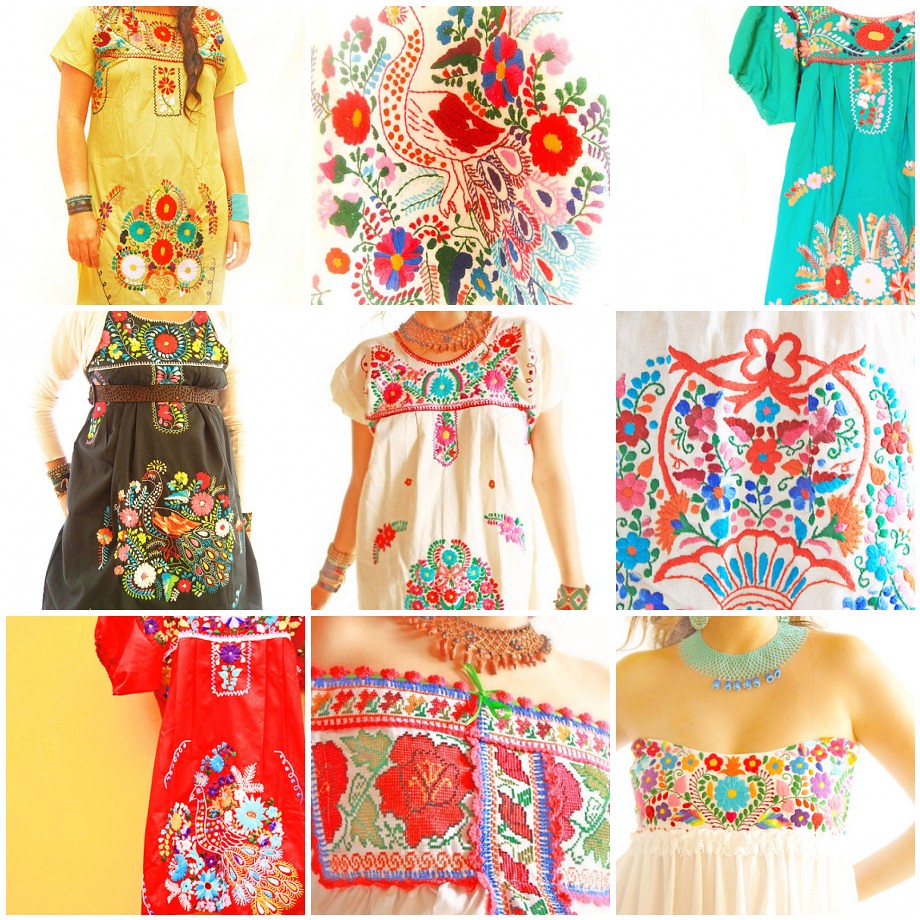
creativecommons.org
If you are a fan of folk motifs, then you can add color to your life yourself. To suit your taste, you can choose a bright design or discreet monochrome.
To do this you will need:
- Colored threads;
- Needles;
- Hoop to make it convenient to fix the fabric;
- Patterns and examples of drawings presented in our material;
- The item you want to decorate;
- Chalk for transferring designs onto fabric.
Mexican embroidery: work progress
This embroidery can be done even by beginners, the main thing is not to rush. Be prepared that embroidery will take you enough time to shorten the workflow; it is best to decide on the choice of colors in advance.
- Transfer the design presented in our material to the product you want to decorate.
- Embroider the selected pattern with plain or multi-colored threads using the goat stitch.Don't be afraid to make the stitch more elongated.


 0
0
